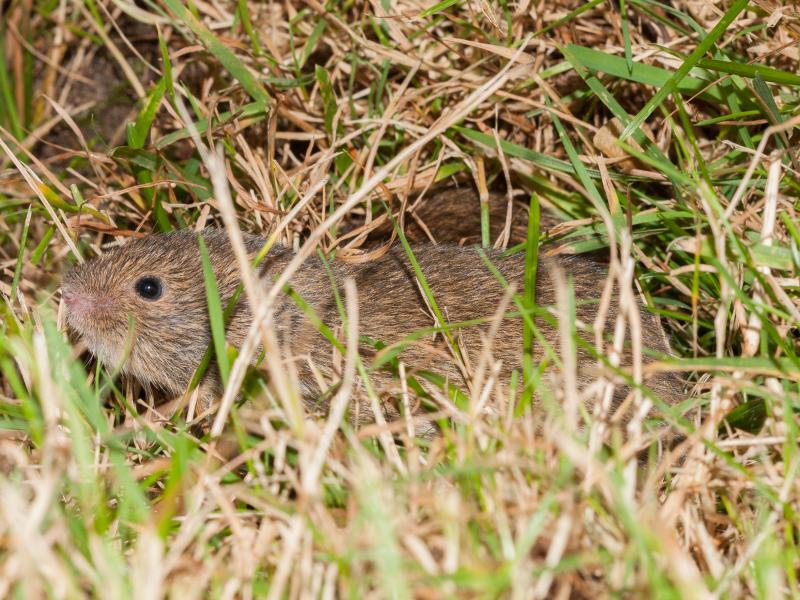Lutra 56(1)_Beemster & Vulink_2013

The long-term influence of grazing by livestock on common vole and raptors in man-made wetlands in the Netherlands
Several studies have examined the effects of grazing by wild ungulates or livestock on the abundance of small mammals; some studies have also examined the effects on the abundance of raptors feeding on small mammals. In most studies the abundance of small mammals was negatively affected by grazing, while raptors were found to show a numerical response to the density of small mammals. However, most studies rely on census data from time spans of just 1-4 years. Because there are often large fluctuations in the numbers of small mammals, there is a need for long-term studies. In this study we analyse the long-term effects (3-27 years) of grazing by livestock on vegetation development, vegetation structure, common vole (Microtus arvalis) index and density of vole-feeding raptors in man-made wetlands in the Netherlands. The man-made wetlands studied are characterised by a low level of physical perturbation, and without additional management measures their vegetation, of short grasses, will soon be replaced by tall vegetation dominated by reed (Phragmites australis), wood small-reed (Calamagrostis epigejos) and shrubs. Grazing was initiated while short grasses dominated the vegetation. The intense grazing (summer grazing with a stocking rate of more than 0.8 animals.ha-¹), created a homogeneous short vegetation. Grazing with a low stocking rate (year-round grazing with a stocking rate less than 0.6 animals.ha-¹ or summer grazing with a stocking rate of less than 0.1 animals.ha-¹) led to a heterogeneous vegetation. However, after a few years, relatively sharp boundaries developed between short-grazed grassland and closed reed stands and the intermediate stage, characterised by a moderate reed height (between ca. 0.5-1.5 m), increasingly disappeared. In grazed areas relatively high densities of common voles (vole indices 15-35 voles / 100 trap nights) were restricted to parts with a moderate reed height. Such areas only temporarily existed and their disappearance led to a decrease of vole abundance after some years. Volefeeding raptors showed a numerical response to changing vole densities. Vegetation structure also had an effect on raptor density. Maximum raptor densities were found at sub-maximum vole indices, where average reed height was somewhat lower. The relevance of grazing as a tool for management of vole-feeding raptors in man-made wetlands is highly dependent on the potential of grazing to revert tall vegetation to an earlier successional stage. The regular occurrence of high vole densities and their predators may be achieved by creating a cyclic variation in stocking rates. Years with relatively low stocking rates should be alternated with some years with higher livestock densities.
